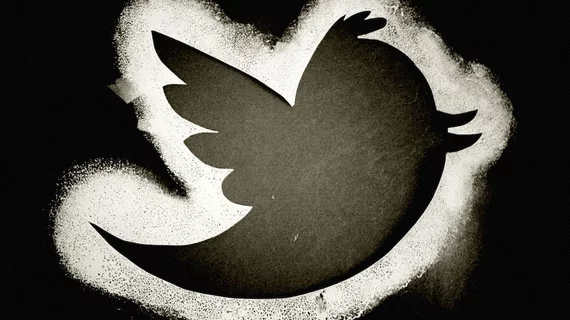Social media-savvy followers of cardiology news likely read something over the weekend with #AHA18 attached to it, referring to the American Heart Association Scientific Sessions in Chicago.
Indeed, as highlighted by a new study published in Circulation: Cardiovascular Quality and Outcomes, the number of tweets related to cardiovascular meeting content has more than tripled in recent years. Physicians from around the globe are weighing in on the latest research and its implications, delivering that information and those opinions to anyone with internet access who bothers to look for it.
“Despite initial resistance from select medical societies, Twitter use during national medical conferences has become an important, and almost necessary, means by which late-breaking science is broadcasted between physicians, medical colleagues, and interested nonphysician individuals,” wrote senior study author Janet K. Han, MD, with the division of cardiology at the University of California, Los Angeles, and colleagues.
Han et al. looked at tweets using the official conference hashtags from three meetings from 2014 to 2016: The American College of Cardiology, Heart Rhythm Society and Transcatheter Cardiovascular Therapeutics (TCT). Tweet activity was analyzed from 12:01 a.m. on the first day of the conference through 11:59 p.m. on the last day of each scientific session, with adjustments made for the time zone in which the event took place.
From 2014 to 2016, the researchers found both the number of conference Twitter users and the volume of overall tweets more than tripled—from 3,212 to 10,362 users and from 12,018 to 41,016 total tweets. This is despite the number of conference attendees declining by about 1,800 individuals.
Seventy-two percent of tweets were classified as “scientific,” meaning they were educational and related to the meeting content. Administrative tweets and social tweets unrelated to the science accounted for 10 and 13 percent of posts, respectively.
“Our results illustrate that meeting content is being discussed in real time independent of conference location and bring to light social media’s potential educational value via the dispersion of predominantly scientific content, especially to those who cannot, or choose not to attend academic conferences in person,” Han and coauthors wrote. “Taken together, social media may be a realistic educational platform with the ability to facilitate real-time change in the way care is delivered worldwide.”
The topic of cardiology chatter on social media was brought up at this year’s TCT meeting, with some researchers raising the concern that uninformed Twitter posts could affect patient enrollment in trials or contribute to the spread of misinformation. But other panelists countered that “the wisdom of the crowd” can foster a self-correcting environment—a point also raised by Han et al.
“Dissemination of erroneous information is a major concern of using Twitter during scientific sessions,” they wrote. “Fortunately, a cohort of meeting attendees including academicians, researchers, and statisticians, among others who are well regarded as leaders in their respective fields, have a strong Twitter presence. This online peer-review crowd often oversees, comments and corrects factual errors in real time, making propagation of incorrect data less likely.”
The authors noted the true conference-related Twitter activity may have been underestimated because they only studied messages which used the official conference hashtags. Even so, they found users from 315 countries contributed to meeting-based discussions in 2016, a 72 percent rise from the 184 countries represented in 2014.

